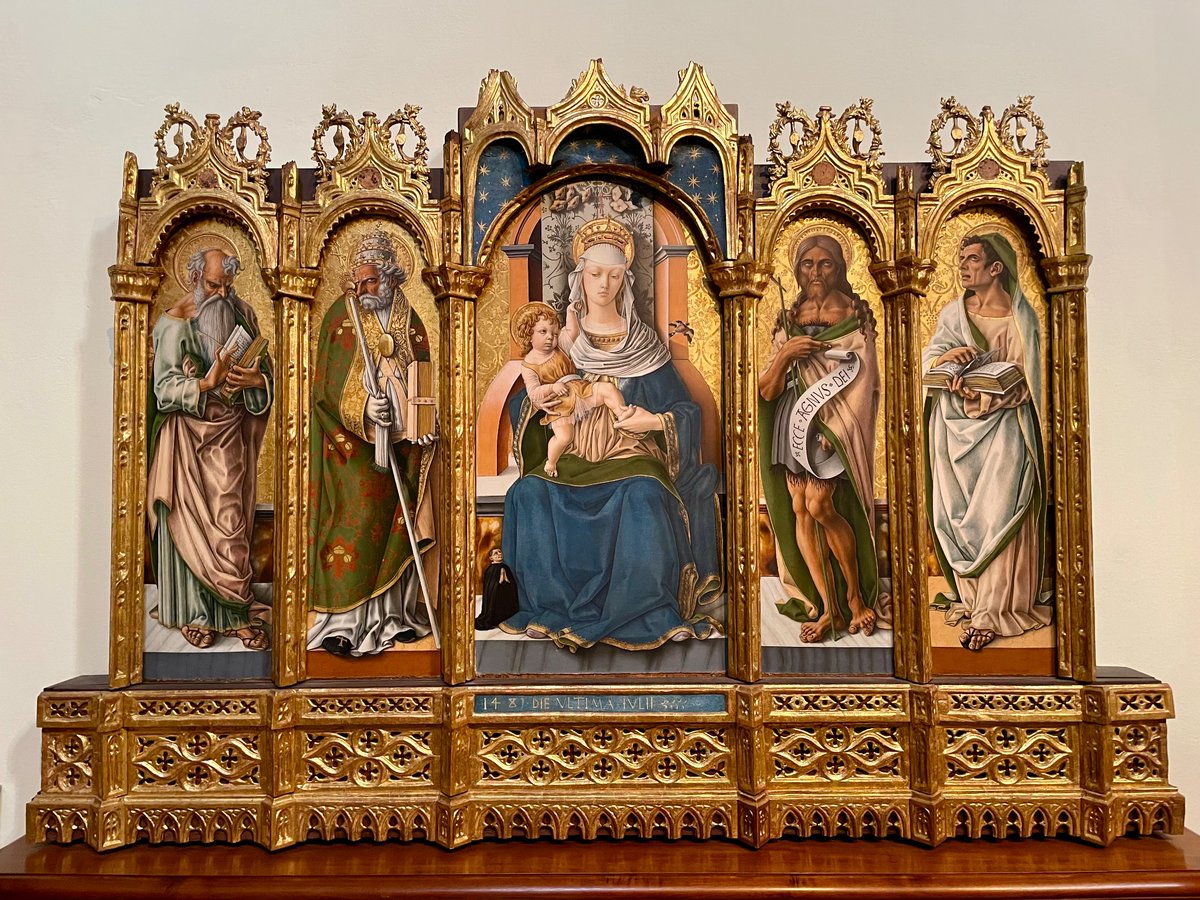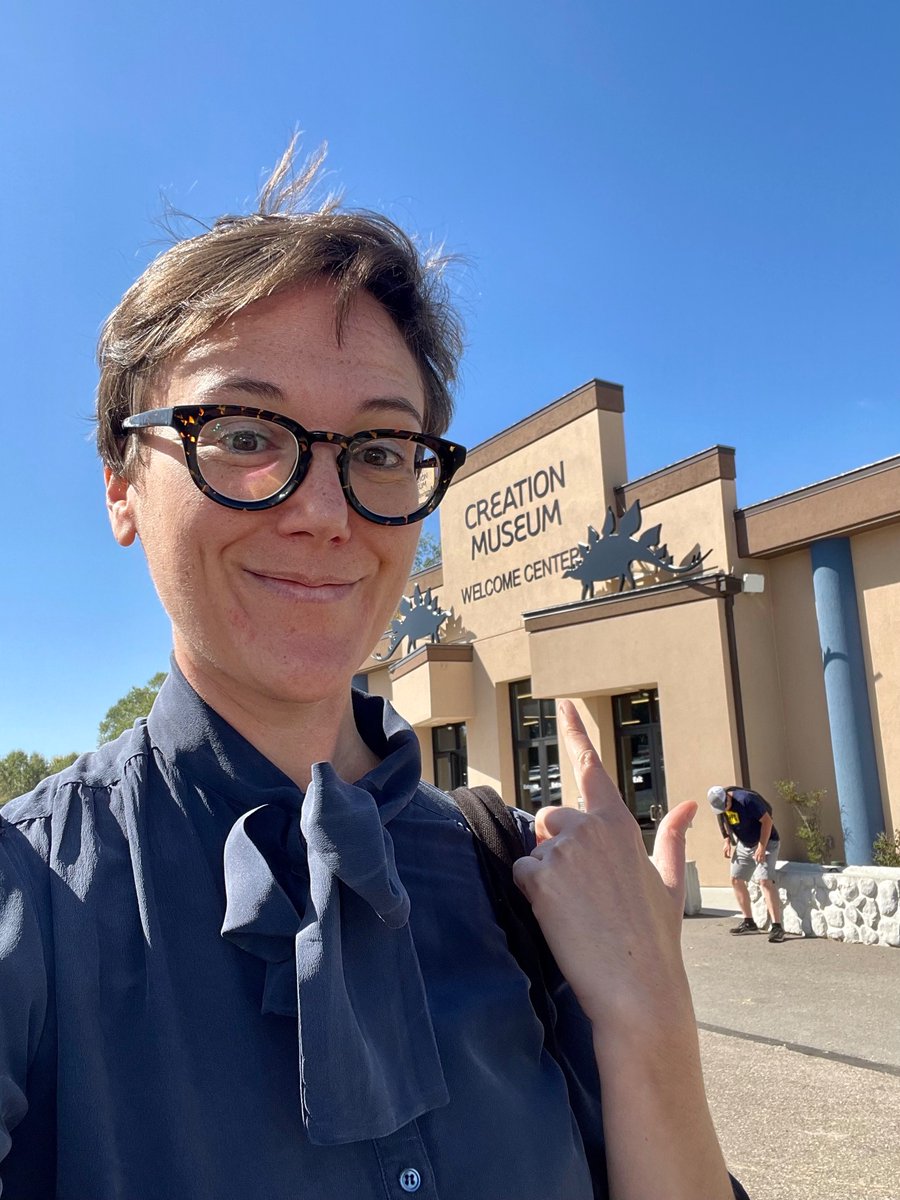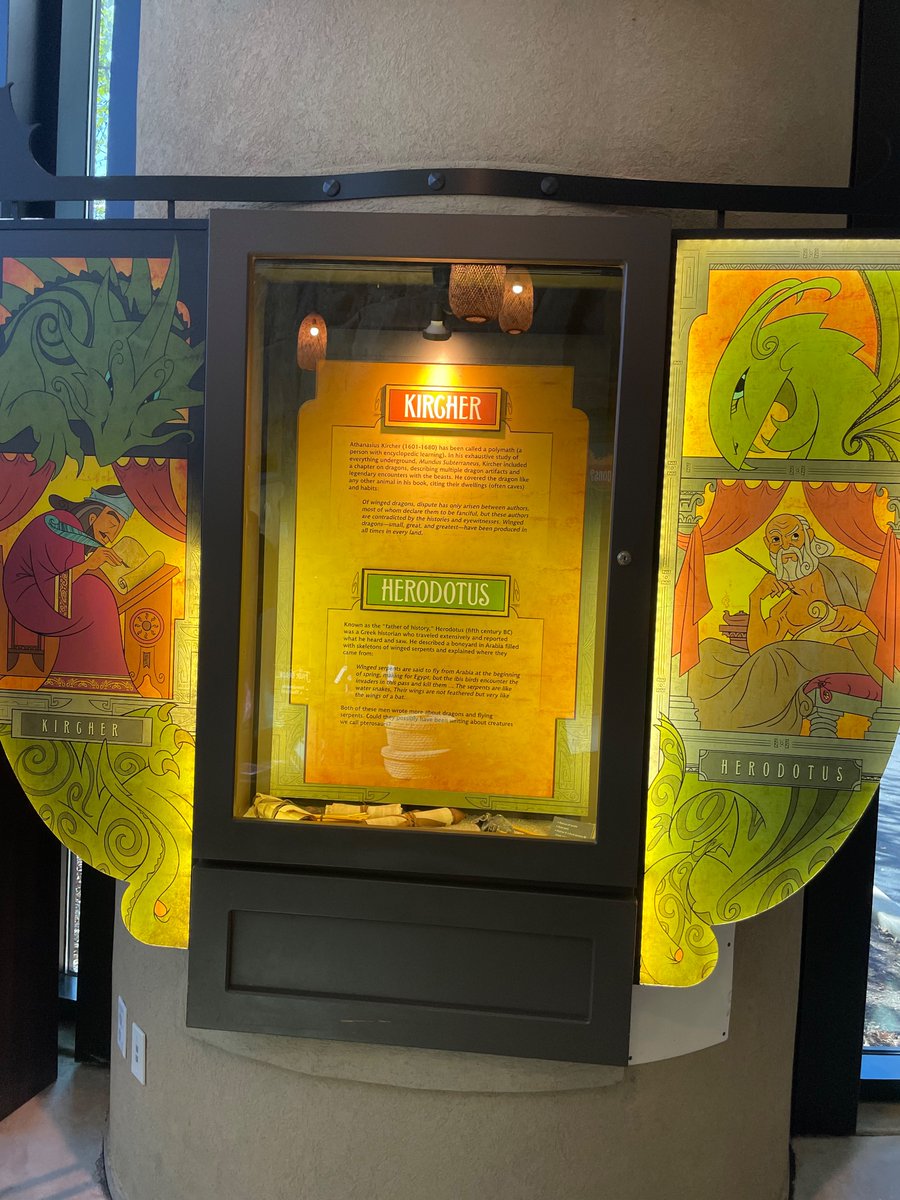Hey art historians moving your courses online, here's my fully online, no-textbook, global Art 101, with quiz questions and assignments. Anyone else with an online course to share? #coronavirus #AcademicTwitter
https://twitter.com/artcrimeprof/status/1129451386222067713
I think if you're on Blackboard I can email you a copy of the course, too, so just let me know...
More #CovidCampus class shares: here's my online, no-textbook/free resources art and myth in the ancient world class, with assignments: academia.edu/40915618/Sylla… #ClassicsTwitter #AcademicTwitter
FYI, some results of one of the assignments in that class:
https://twitter.com/artcrimeprof/status/1186298206583447554?s=20
And my online cultural history of photography course - less useful b/c it's based on a textbook, but the syllabus has hyperlinks to free supplemental resources plus assignments based on them: academia.edu/30027230/Sylla… #ConvidCampus #AcademicTwitter
• • •
Missing some Tweet in this thread? You can try to
force a refresh



























